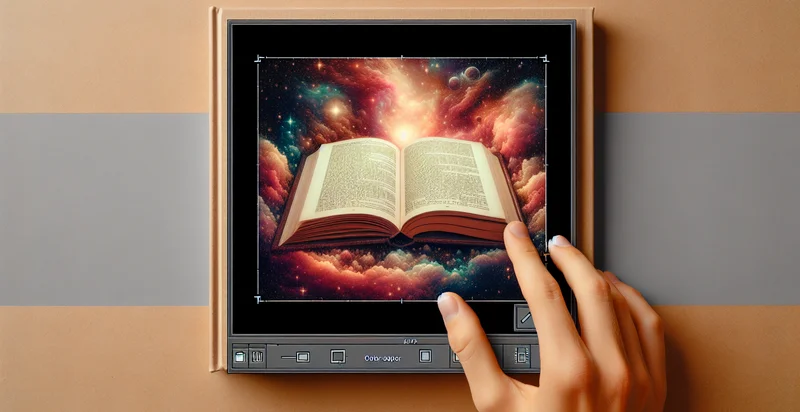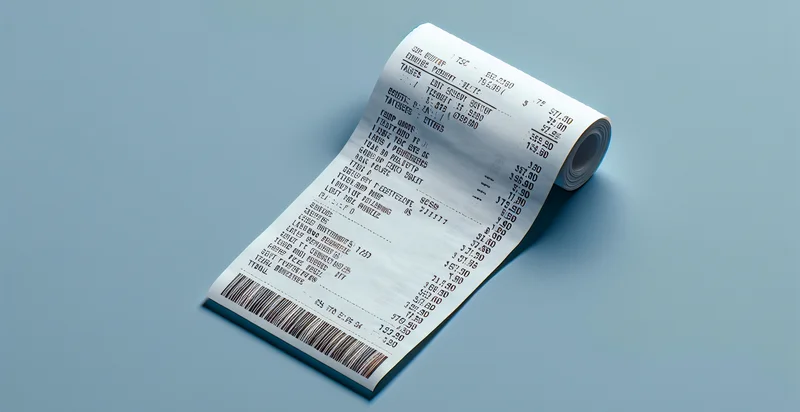Identify if book is facing up
using AI
Below is a free classifier to identify if book is facing up. Just upload your image, and our AI will predict if the book is facing up - in just seconds.

Contact us for API access
Or, use Nyckel to build highly-accurate custom classifiers in just minutes. No PhD required.
Get started
import nyckel
credentials = nyckel.Credentials("YOUR_CLIENT_ID", "YOUR_CLIENT_SECRET")
nyckel.invoke("if-book-is-facing-up", "your_image_url", credentials)
fetch('https://www.nyckel.com/v1/functions/if-book-is-facing-up/invoke', {
method: 'POST',
headers: {
'Authorization': 'Bearer ' + 'YOUR_BEARER_TOKEN',
'Content-Type': 'application/json',
},
body: JSON.stringify(
{"data": "your_image_url"}
)
})
.then(response => response.json())
.then(data => console.log(data));
curl -X POST \
-H "Content-Type: application/json" \
-H "Authorization: Bearer YOUR_BEARER_TOKEN" \
-d '{"data": "your_image_url"}' \
https://www.nyckel.com/v1/functions/if-book-is-facing-up/invoke
How this classifier works
To start, upload your image. Our AI tool will then predict if the book is facing up.
This pretrained image model uses a Nyckel-created dataset and has 2 labels, including Book Facing Down and Book Facing Up.
We'll also show a confidence score (the higher the number, the more confident the AI model is around if the book is facing up).
Whether you're just curious or building if book is facing up detection into your application, we hope our classifier proves helpful.
Related Classifiers
Need to identify if book is facing up at scale?
Get API or Zapier access to this classifier for free. It's perfect for:
- Library Automation: This function can streamline book sorting and cataloging in libraries. By identifying whether books are facing up, the system can automatically categorize and return items to their correct shelves, improving efficiency and reducing manual labor.
- E-commerce Inventory Management: Online retailers can utilize this identifier to manage product listings effectively. By ensuring that books are displayed correctly in photographs, the system can enhance the visual quality of listings and improve customer perception, leading to increased sales.
- Digital Cataloging Systems: In digital archiving systems, this function can help maintain the accuracy of book database entries. By confirming the orientation of scanned images, the system can ensure that metadata is associated with the correct visual representation, facilitating better searchability and accessibility.
- Automated Quality Control: Publishers can implement this function during the final quality inspection of physical book products. By verifying that books are facing up in photos taken on the production line, it can help reduce customer returns due to incorrect packaging.
- Personalized Reading Applications: Book apps can use this function to provide users with a tailored experience when cataloging their collections. By identifying if books are facing up, the app can recommend books for reading based on current orientation, enhancing user engagement.
- Retail Shelf Management: Brick-and-mortar bookstores can optimize shelf arrangement by using this identifier to monitor book placement. It helps in ensuring all titles are displayed correctly, improving the store's aesthetics and making it easier for customers to browse and find what they need.
- Inventory Audits: Businesses can incorporate this function during inventory audits to quickly verify that physical copies match digital records. The identifier can help ensure that all books are accounted for and correctly positioned during stock-taking, which is vital for maintaining accurate inventory levels.


